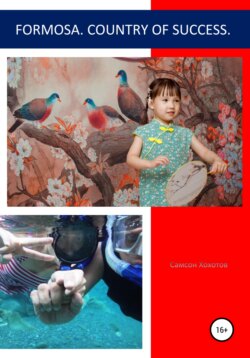Читать книгу Formosa. Country of success - Самсон Хохотов - Страница 10
Formation of the armed forces
ОглавлениеInitially, from 1942 to 1943, the Japanese command planned to use only auxiliary supply and transportation units formed from indigenous Taiwanese. However, the changing nature of warfare with the deteriorating situation and the transition from offensive to defence forced the Japanese army command to use these units under the name "Takasago Volunteers" already in 1942.
The initiators of using non-Japanese military personnel were members of military intelligence, whose officers had completed training courses in Nakano. Thanks to their initiative, the concerns of Japanese army officers regarding the ability of native Taiwanese to carry out specialist tasks, were overcome.
Valuable qualities of the jungle inhabitants, particularly their ability to survive in the wild and belligerence, found their application in combat operations behind Allied lines. The practice of bounty hunting and collective hunting, as well as torture and the infliction of intra-vital mutilation on the enemy with cold weapons, re-emerged.
Bounty hunting was a common practice of Taiwanese aborigines in almost all tribes: as part of military rites, to intimidate Chinese settlers, medical magic (heads brought to their native village were supposed to protect residents from diseases and epidemics), as a means of resolving a dispute or as an act of blood feud. Also, the number of heads of killed enemies increased the status of their owners in the tribe and simplified marriage.
The hill tribes believed that the absence of a head prevented the soul from returning to the body or being reborn. The ritual depersonalization of an enemy, dead or alive, with the severance of limbs, castration and blinding, also did not allow the enemy to be reborn and take revenge in a new incarnation. Blood was considered to be the life force of man, the ceremonial shedding of blood on the ground weakened the enemy's soul.
